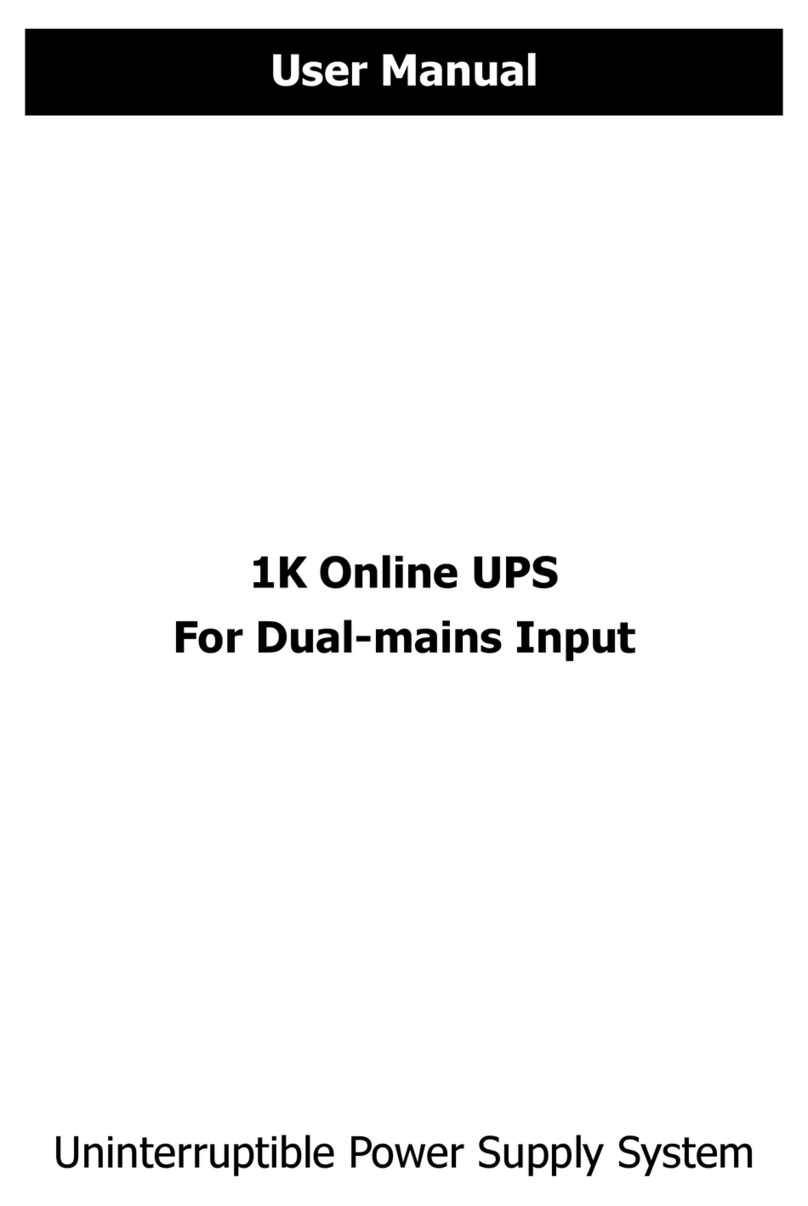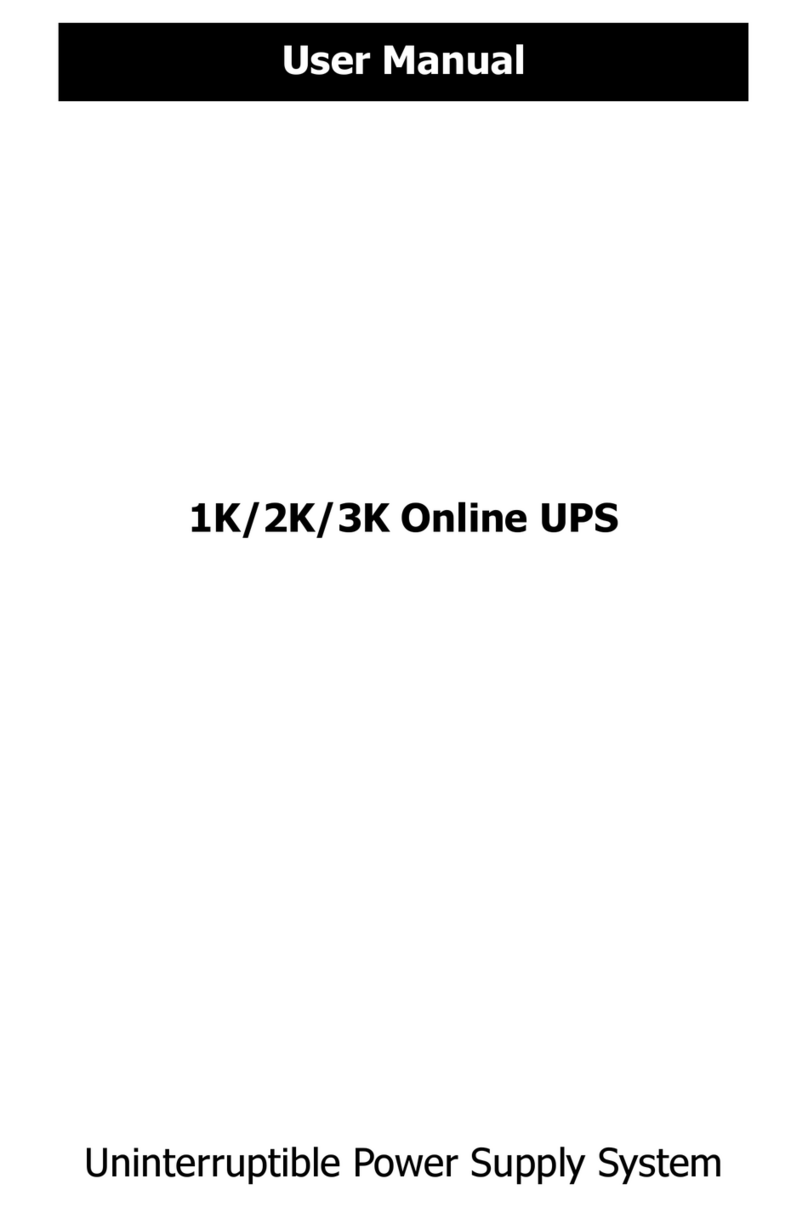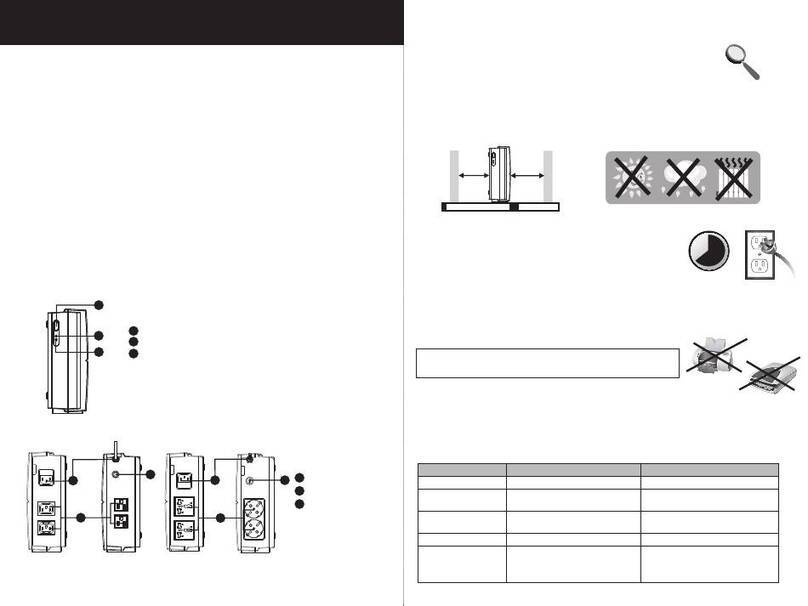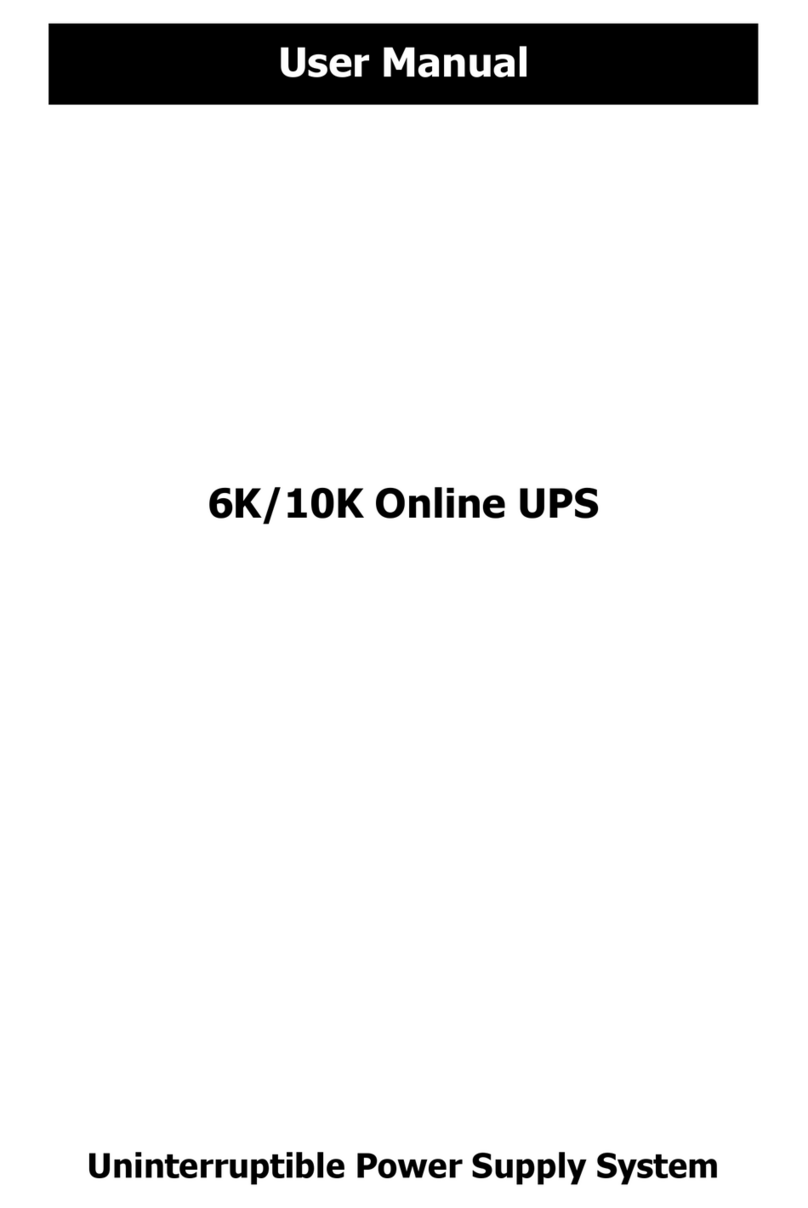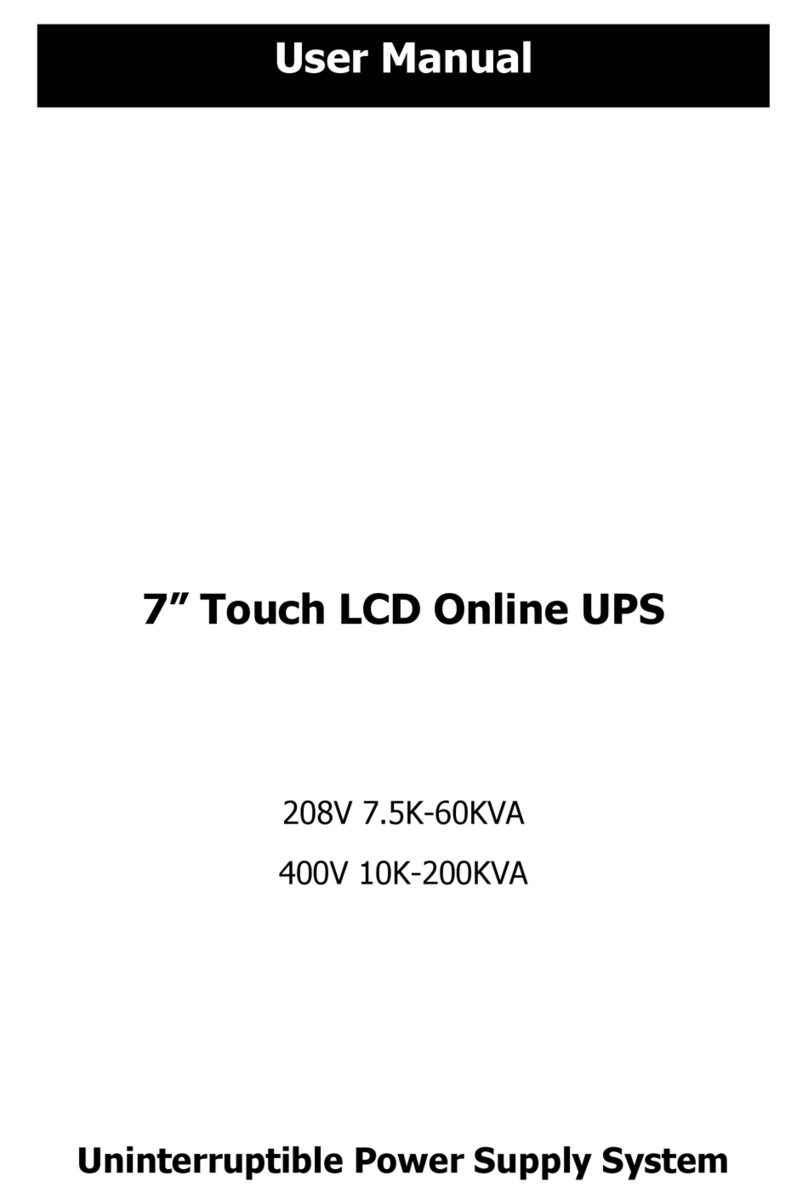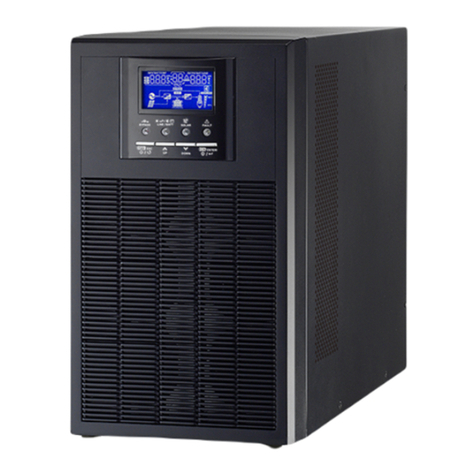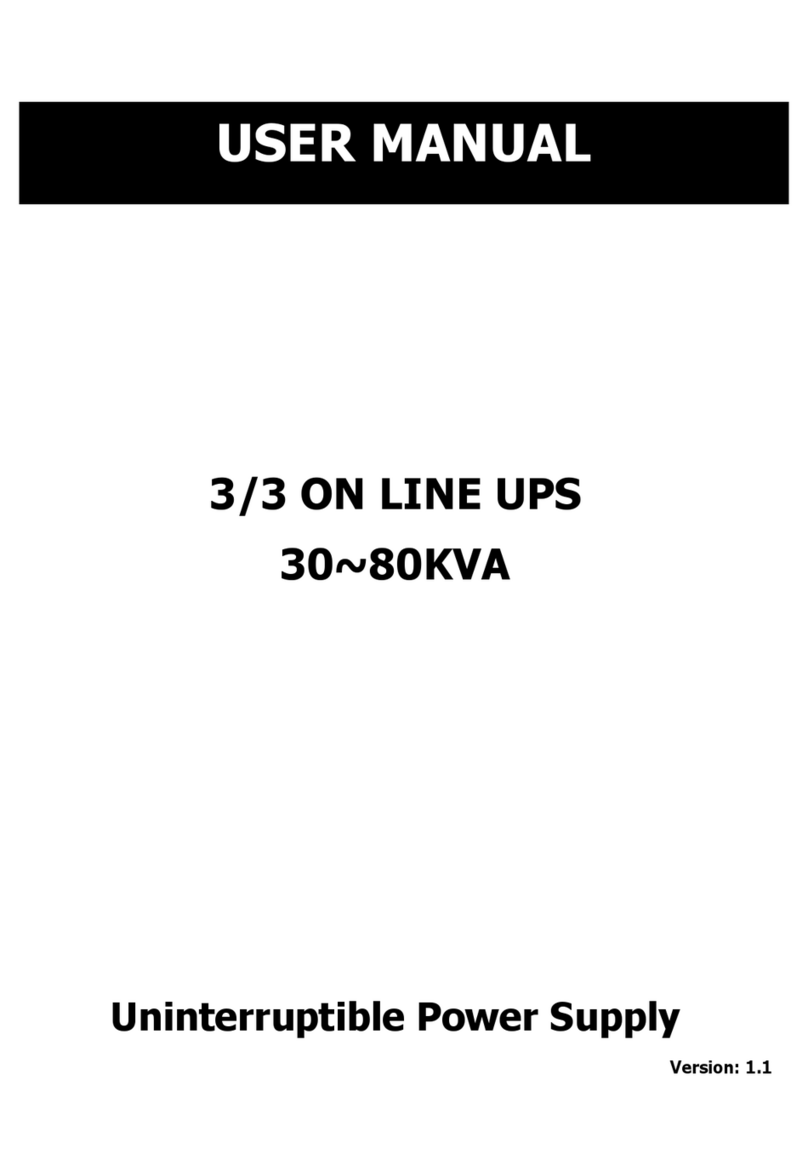Table Of Contents
1. Safety ...............................................................................................................................1
1.1 Important Safety Instructions.....................................................................................1
1.2 EMC..........................................................................................................................1
1.3 Installation information ..............................................................................................1
1.4 Maintenance .............................................................................................................2
1.5 Recycling the used battery .........................................................................................2
2 Operation & structure..........................................................................................................3
3. Installation ....................................................................................................................4
3.1 Mechanism and Exterior.........................................................................................4
3.1.1 Mechanical Data ............................................................................................5
3.1.2 Other Views ..................................................................................................6
3.2 Internal Mechanisms............................................................................................8
3.2.1 Input and Output Breakers.............................................................................8
3.2.2 Wiring Terminal Block ....................................................................................9
3.2.3 Modules ...................................................................................................... 10
3.3 Control Panel & interface.................................................................................... 11
3.3.1 LED indications............................................................................................ 11
3.3.2 LCD Display................................................................................................. 11
3.3.3 Function Keys.............................................................................................. 12
3.4 Installation and Wiring......................................................................................... 12
3.4.1 Before Installation ....................................................................................... 12
3.4.2 Installation Environment .............................................................................. 12
3.4.3 Transportation ............................................................................................. 13
3.4.4 Unpacking ................................................................................................... 14
3.4.5 Positioning .................................................................................................. 15
3.5 Modules ............................................................................................................ 15
3.5.1 Power Module.............................................................................................. 15
3.5.2 Install a Power Module................................................................................. 16
3.5.3 Remove a Power Module .............................................................................. 17
3.5.4 STS Module ................................................................................................. 17
3.5.5 Remove the STS Module .............................................................................. 18
3.5.6 Install Battery.............................................................................................. 18
3.6 Power Cable ...................................................................................................... 19
3.6.1 AC input and output maximum current and power cable configuration............ 20
3.6.2 DC input maximum current and power cable configuration............................. 20
4. Control Panel and Display Description ............................................................................... 21
4.1 Introduction ............................................................................................................ 21
4.2 Screen Description................................................................................................... 23
4.2.1 Start Screen .................................................................................................. 23
4.2.2 Main Screen................................................................................................... 23
4.2.3 Menu Screen ................................................................................................. 24
4.2.4 Control Screen ............................................................................................... 24
4.2.5 Measurement Screen...................................................................................... 25
4.2.6 Setup Screen ................................................................................................. 27

